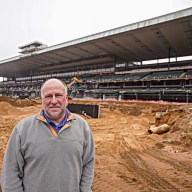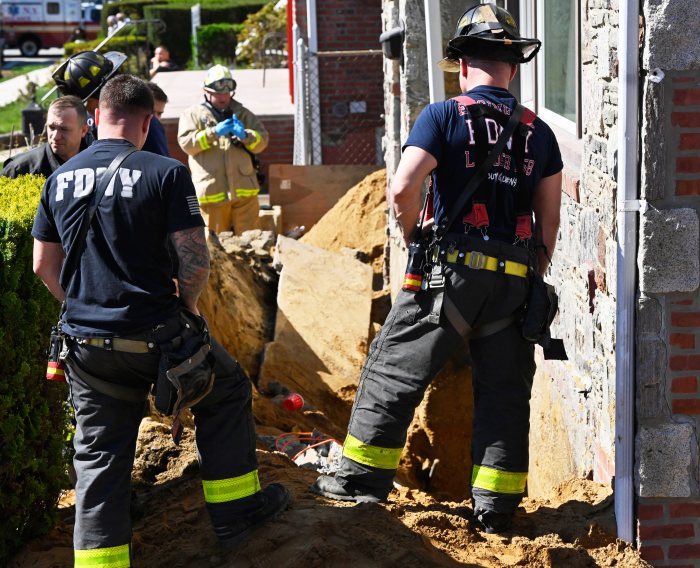By Alex Robinson
Flushing Hospital Medical Center showed off the new robotic member of its surgical team last week.
The hospital, at 4500 Parsons Blvd., unveiled a da Vinci robot, a state-of-the-art system, which gives surgeons better control of their instruments and alleviates pain for patients.
“It’s a tremendous thrill,” said Dr. Robert Cantu Jr., one of the hospital’s surgeons. “For the patient, it’s less painful, there are less incisions and it’s very precise.”
The four-armed system allows surgeons to conduct operations that would have previously required multiple incisions by making one surgical cut in the belly button. It also uses more flexible instruments that can be rotated 360 degrees. The technology employs a 3D high-definition image that surgeons use to see what is going on in a patients body during operations.
Surgeons control the robot’s arms sitting down at a console. They operate two of the arms with their fingers and move a camera with a foot.
“You have total exclusive control of the patient,” said Dr. Sanjeev Rajpal, a general surgeon who has worked with the technology for years and was recruited to train the hospital’s surgeons on the system. “I’m personally sold on it because it’s a superior technology.”
The surgery is much easier on surgeons as they can perform the entire operation sitting down, Rajpal said.
The hospital bought the robotic system for just under $2 million in August in order to ensure a standard of care for certain procedures.
“The most important thing about this robot is it improves patient care,” Robert Levin, the hospital’s CEO, said. “By doing robotic surgery, it helps to reduce the length of stay and the chance of infection.”
Operations performed using the robotic technology will also involve less blood loss, letting patients get back on their feet faster.
“This is very important for our community, which wants to know their local hospital has state-of-the-art technology,” Levine said.
Surgeons go through four stages of extensive training in order to be certified to operate the robot, Rajpal said. First, they participate in computer training. Then they work on a console before using the robot to conduct an operation on an animal. The last stage entails working on a surgery with a proctor or supervisor.
“This is the decade of the robot,” Rajpal said.
Reach reporter Alex Robinson by e-mail at arobinson@cnglocal.com or by phone at (718) 260–4566.
































